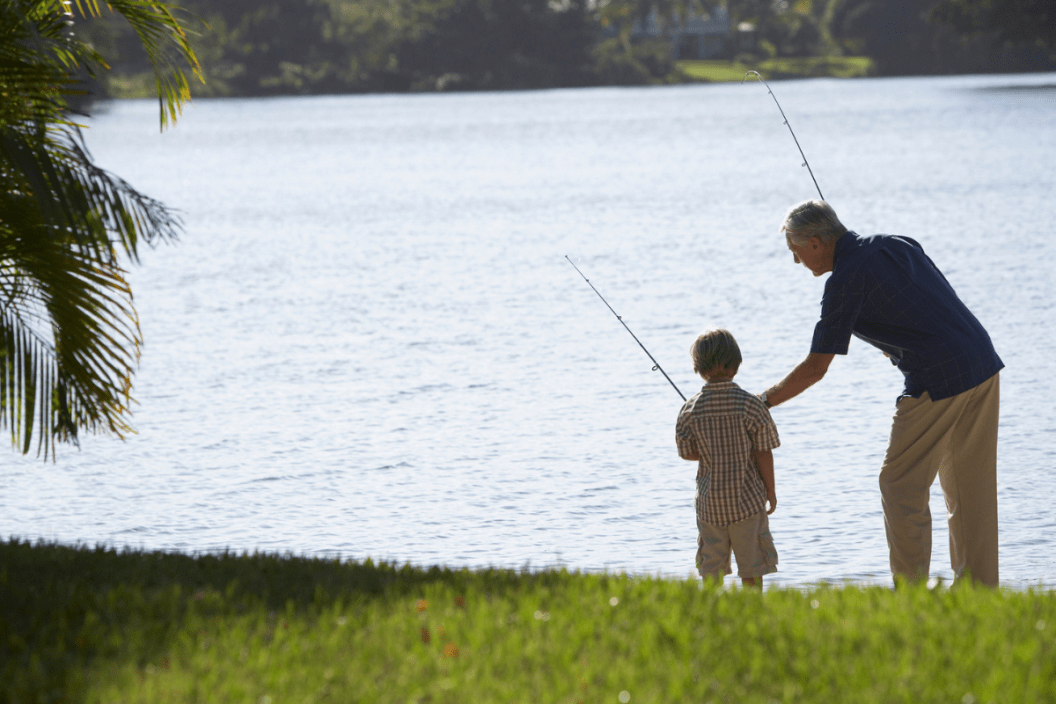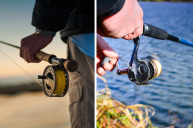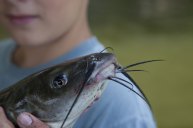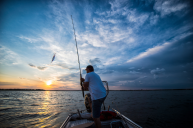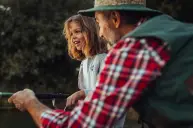Fishing is incredibly fun and enjoyed by a variety of people across the country. Seasoned anglers know how much fun fishing can be, but that might not be the case for kids (or adults who've never fished). Recruiting new hunters and fishermen is vital to keeping this world that we love running. Every outdoorsman should work to recruit new outdoorsmen and include them in their activities. If we're serious about our recruitment efforts sticking, first impressions are everything. Fun beginner fishing techniques can make even the most hesitant of anglers into lifelong fishermen, if done right.
You have to know your audience when it comes to taking a newbie fishing. Are they a curious adult looking for a new hobby that also involves food acquisition, or is it your child's friend whose parents don't fish? It doesn't matter as long as you pinpoint what the aspiring anglers' goals and interests are.
There are a few types of fishing that make for a good first trip for beginners. I've taken people with me on all three of these recommendations and none of them have had a bad time yet!
Bobber Fishing for Panfish
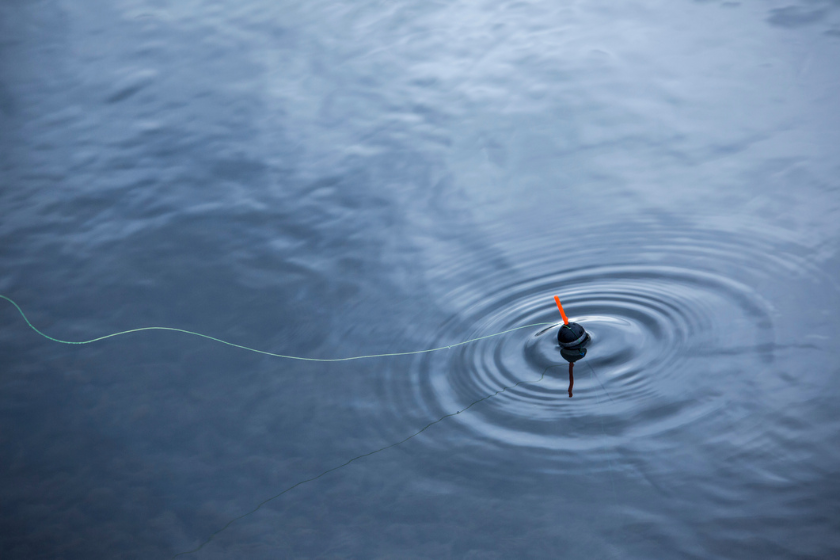
There might be no greater experience for a first time fisherman than catching a pile of bream on a bobber setup, then taking them home and frying them up. There's no telling how many people have become avid fisherman because somebody took them bobber fishing.
One great advantage of this technique is that the tackle is simple yet effective. The pole setup can be almost anything small. Many anglers prefer a 6- to 10-foot jigging rod with 6 to 10 feet of braided line. Others prefer a 6-foot ultralight spinning or spincast reel with light monofilament. You just need a setup that allows you to set a bobber in a brush pile several feet in front of you.
As far as the bobber and hook go, the smaller the better. A size 6 or 8 long shank hook is perfect with a bobber just big enough to stay afloat. Tip the hook with a red worm or cricket and you're good to go.
Once you finish your setup you can fish from the bank or boat just as long as you can access shallow coves and brush tops. Drop your hook into the water and let her rip. Have the grease hot when you get back home, because if the sheer fun wasn't enough to hook somebody, the taste of fried bluegill filets will be!
Drift Fishing for Trout
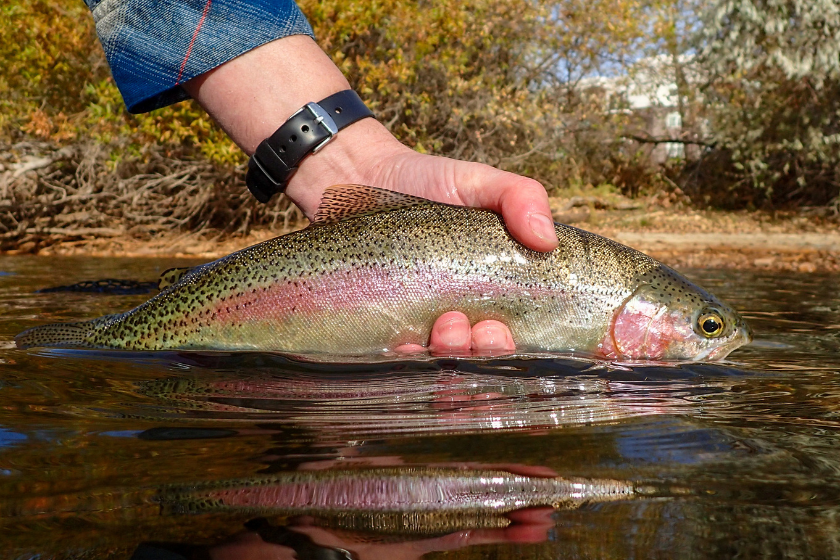
This fun beginner fishing technique is a personal favorite of mine and I still hold it close to my heart. Growing up near an Ozark stream that was annually stocked with rainbow trout was a treat that I definitely took for granted. Trout are fun to chase because of their hard fighting ability and the fact that they're good table fare.
Once again, tackle is simple. While it might be slightly more complicated than bobber fishing, it can definitely be figured out by just about anyone. A 6- to 7-foot ultralight rod with a spinning reel spooled with 6- to 8-pound monofilament is perfect.
Use smaller, size 6 or 8, long shank hooks with a small sized split shot about 10 to 12 inches above the knot. Simple, right? You can also add a spinner to your setup if desired, but I have determined it is not always needed. I have fished with a variety of baits as well: Powerbait, shrimp tails, red worms, crappie nibblers, and canned corn. They all work great for stocked trout!
After finishing your setup, drift your boat perpendicular to the bank and cast out far. Let the current take you and keep your split shot bouncing on bottom. You'll feel a bite any minute! Drift fishing for trout is great because it's a more passive form of fishing and allows you time and hands to talk, eat, and drink. This is a great way to introduce someone to fishing!
Casting Artificial Lures for Pond Bass
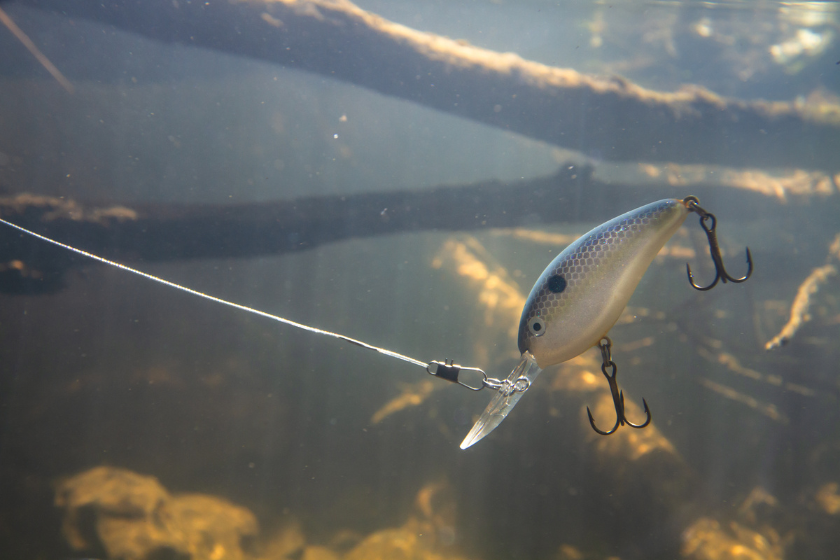
Bass fishing is held in high regard by anglers, and many non-fishing folks see it as the epitome of freshwater fishing. The incredibly hard-fighting nature of the fish and potential to get hefty is a draw for bass anglers, and if you can share that with a beginner, they will be hooked for life.
Bass fishing, when compared to the other fish species mentioned, can be a little tricky to fish for. There are many different ways to set up your rods and many techniques used to fish for them. I recommend keeping it simple in the beginning and finding a good stocked pond as opposed to a very pressured public fishery.
Stocked ponds between one and five acres are bass havens and often hold very aggressive fish. This will give the beginner more bite opportunities. A baitcast setup is preferred but a beginner oftentimes won't be able to perform well with this equipment. In that sense, a spinning reel or spincast reel on a medium action, 6-foot rod would suffice.
I would also recommend the most popular and easy to use artificial lure for ponds— the mid-sized spinnerbait. Anybody can retrieve a spinnerbait— it is literally impossible to mess up. And let me tell you, they are bass catchers in small ponds. Pulling twenty good bass out of an old cattle pond will hook any aspiring angler.
It's All About the Fun
Fishing is supposed to be fun and when it comes to retaining new fishing recruits, the fun factor should be the main draw. Fun beginner fishing techniques help newbies get started on the right foot. Once you show beginners and kids how fun your hobby is, then you can start driving home the important points of conservation and food acquisition. We need more people in this world to just have fun outdoors, and there is no better way to do that than to introduce them to fishing.
